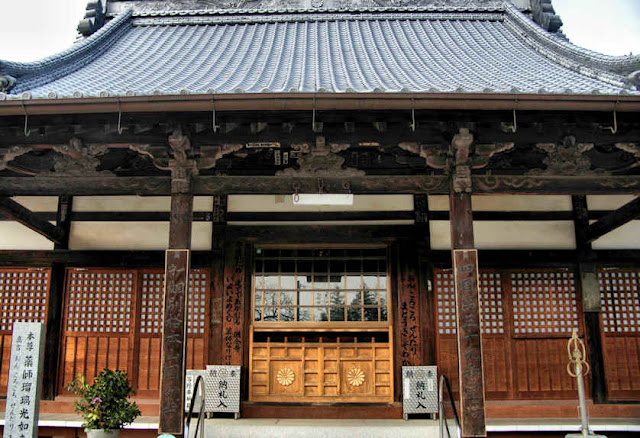Showing posts with label henro. Show all posts
Showing posts with label henro. Show all posts
Friday, April 4, 2025
Uranouchi Bay in Kochi
Thursday, March 20, 2025
Iyo Kokubunji Temple 59 Shikoku Pilgrimage
Worth looking for when visiting is the lovely "topless" Benzaiten statue in the Benten Shrine. Also noticeable is the Hand-Shaking Daishi statue below.
Monday, February 3, 2025
From Kiyotakiji to Shoryuji
To reach the coast the road passes over a line of hills. Just before the pass, at around 100 meters above sea level, is a small park. As well as toilets it has a nice seated shelter..... exactly the kind of place that a walking henro keeps their eyes open for....
Thursday, January 23, 2025
Senyuji Temple 58 Shikoku Ohenro Pilgrimage
Thursday, December 5, 2024
Mishima Shrine Takaoka Tosa
Subscribe to:
Posts (Atom)




































































